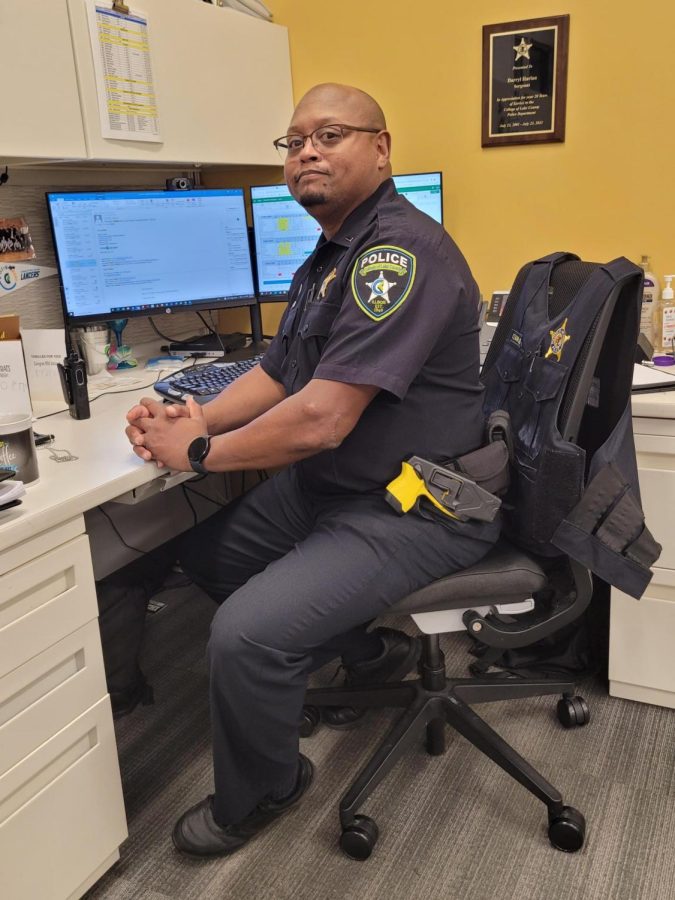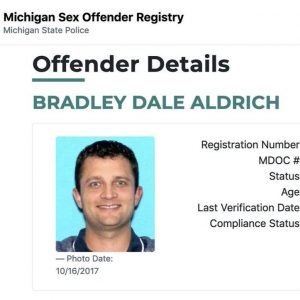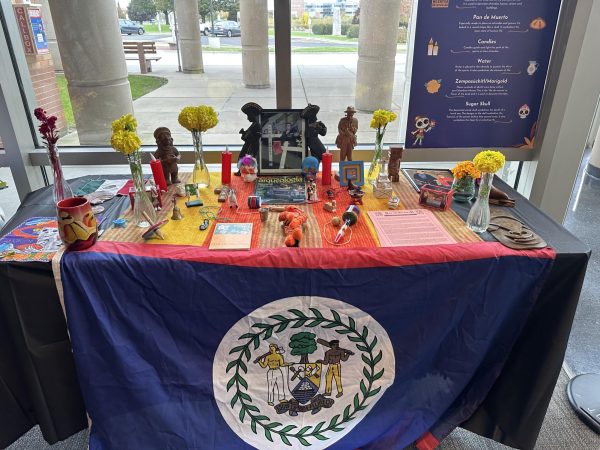CLC Officer on Gun Violence
Lt. Harlan, hard at work.
September 30, 2022
Lieutenant Darryl Harlan, College of Lake County Police, discussed how CLC and campus police train extensively for potential incidents of gun violence on campus.
“Active shooter situations are unpredictable and evolve quickly,” Lt. Harlan said. “Typically, the immediate deployment of law enforcement is required to stop the shooting and mitigate harm to victims. Because active shooter situations are often over within 10 to 15 minutes, before law enforcement arrives on the scene, individuals must be prepared both mentally and physically to deal with an active shooter situation. Determining when to Run, Hide, or Fight is critical in reducing casualty during an active shooter situation.”
“We provide Run, Hide, Fight education presentations,” said Lt. Harlan. “We run them regularly through the semesters, typically five to seven presentations. It is open to staff, faculty, and students.”
“In addition, we run division-wide Run, Hide, Fight presentations that are specifically geared toward faculty and how they should guide their students in the event there is an active shooter on campus,” Lt. Harlan said.
Lt. Harlan is currently working with Student Enrollment and HR, towards the goal of providing the Run, Hide, Fight presentation as an enrollment requirement.
Lt. Harlan, who has spent 21 years as a member of the CLC Police force, said that the college takes any potential threat seriously.
“The college has taken steps to conduct round table discussion and exercises,” Lt. Harlan said. “Hypothetical situations are posed, and then police personnel and other departments throughout the college, specifically leadership, go over your area’s role and responsibility in trying to address and mitigate the incident.”
Lt. Harlan said that CLC Police also train with other agencies throughout Lake County to conduct multi-agency exercises focused on dealing with active shooter situations.
“Internally, the police department conducts rapid deployment training,” Lt. Harlan said. “Police personnel train in teams in responding to active shooter situations that may occur. We emphasize one-man, two-man, three-man, four-man, and multi-jurisdictional training. So whether there are one or two officers assigned on a particular day, those officers know how to respond.”
Lt. Harlan also stresses the importance of community awareness, “If you see something, say something. The police department is a 24-hour operation, so you can always call the police department and provide information. We will respond based on the information provided to us by the general public.”
“We are ahead of the curve in the state, we have been doing this training for a long time,” said Lt. Harlan. “The college is moving in the right direction. College leadership has provided the police department with support in being prepared in the event that a threat knocks on our door here at CLC.”
CLC has Emergency Preparedness Plans publicly available on its website for all of its campuses. These guides outline responses to emergencies that may occur on campus, including Law Enforcement Response to threats of gunfire on campus. Students, faculty, and staff are encouraged to review these guides in order to be best prepared for potential emergencies.
















